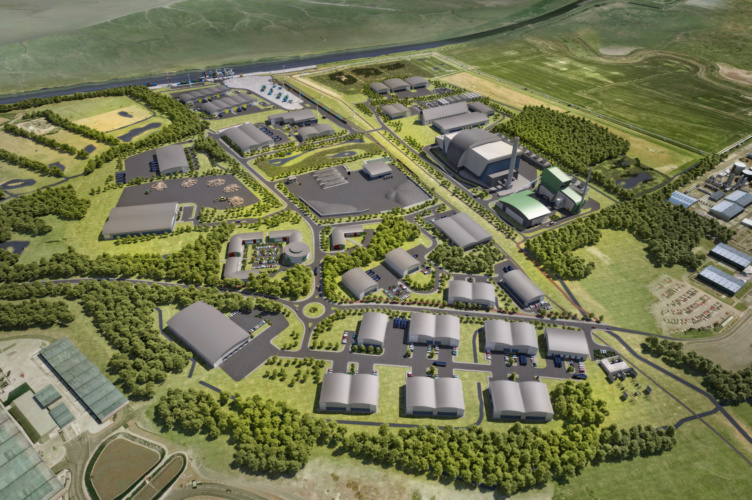
Based in and around Ellesmere Port south of Liverpool on the River Mersey, HyNet has two separate but complementary strands, both of which are claimed to be the first of their kind. The first strand, which has received £7.5m of funding, will see the development of a new low-carbon hydrogen production plant. The facility will be located at Essar Oil UK’s Stanlow refinery in Ellesmere Port and will produce 3TWh of hydrogen annually, doubling the UK’s capacity. According to the HyNet consortium, the new plant will capture and store more than 95 per cent of the carbon it creates during the hydrogen production process, totalling around 600,000 tonnes of CO2 per year.
World’s largest hydrogen powered mine truck set for trials
Scottish team to explore underground Hydrogen storage
“The Committee on Climate Change is absolutely clear that to deliver Net Zero, hydrogen and carbon capture and storage are going to be a necessity,” said David Parkin, spokesperson for the North West Hydrogen Alliance (NWHA) and director at Progressive Energy, which is leading development on both aspects of HyNet.
“This funding is hugely significant for the North West, and the rest of the UK, providing essential support for HyNet and taking hydrogen energy from aspiration to reality.”
The second strand of HyNet will see hydrogen from the plant used at Unilever’s Port Sunlight manufacturing site up the river, as well as Pilkington’s Greengate Works glass-making plant in nearby St Helens. The use of hydrogen in the glass-making process will be a global first, while the demonstration at Unilever’s Port Sunlight will be the first ‘meaningful use’ of hydrogen in a commercial scale boiler.
“Unilever has a clear ambition of being a carbon neutral company by 2030, and we’re committed to playing our part and doing what we can to help the wider industry move further faster,” said Sebastian Munden, EVP & general manager of Unilever UK & Ireland.
“We already have five carbon neutral sites in the UK, and have been able to reduce our manufacturing carbon footprint by two thirds. The success of this Port Sunlight trial would mean Unilever is able to deliver home and personal care products to our consumers with an even smaller carbon footprint, which we know is of great importance to them.”
Hydrogen will be distributed by way of a new pipeline network under development by Cadent, which will also provide the pathway for renewable hydrogen once costs come down in the future. It is hoped that the project will eventually also deliver hydrogen to domestic customers.




Nanogenerator consumes CO2 to generate electricity
Nice to see my my views being backed up by no less a figure than Sabine Hossenfelder https://youtu.be/QoJzs4fA4fo